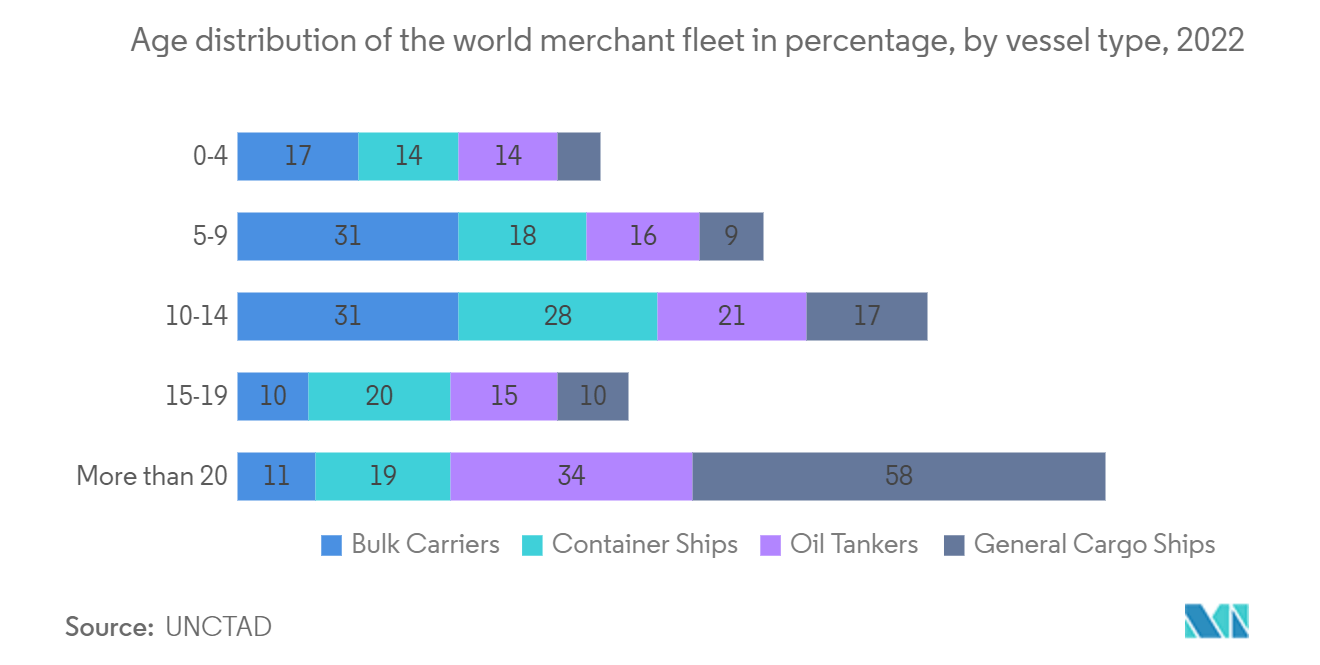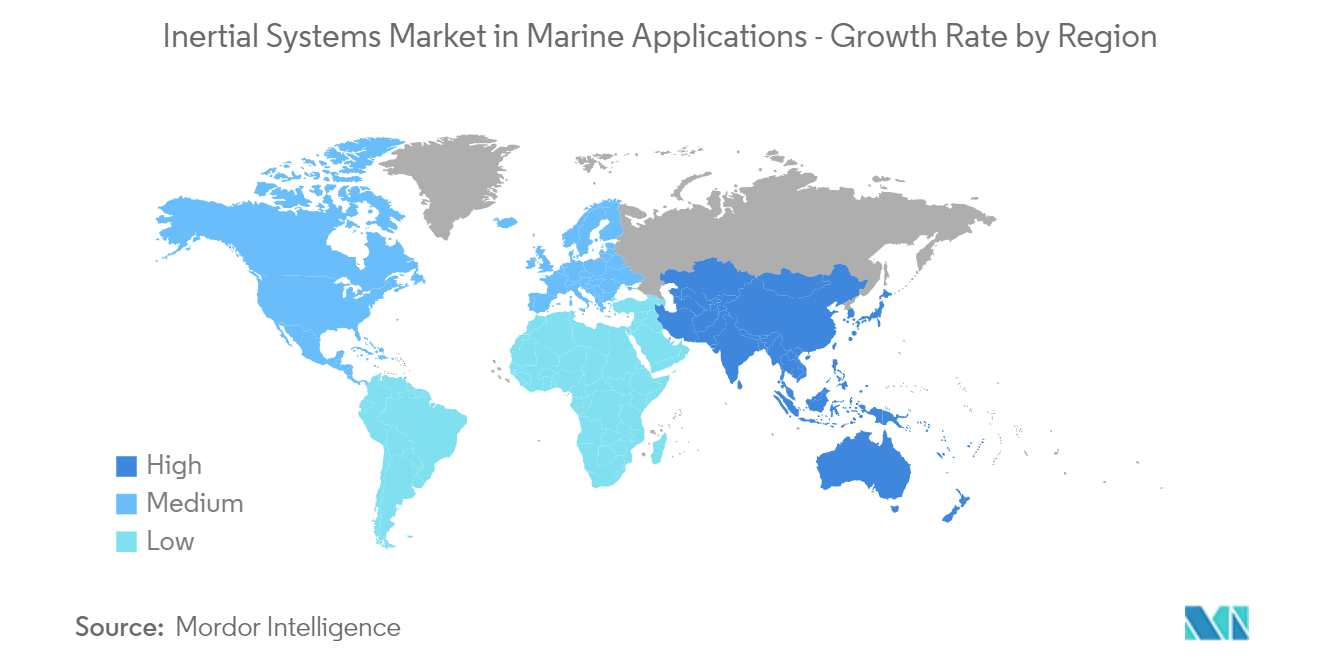Market Trends of Inertial Systems Industry in Marine Applications
This section covers the major market trends shaping the Marine Applications Inertial Systems Market according to our research experts:
Evolving Need for High-Accuracy Inertial Systems Driving the Growth of the Market
- Marine inertial systems provide orientation, position, and velocity data to unmanned marine and maritime systems, such as autonomous underwater vehicles (AUVs), unmanned underwater vehicles (UUVs), unmanned surface boats, and remotely operated vehicles (ROVs). Since autonomous surface and underwater navigation depend on exact heading, velocity, pitch, roll, and location data, marine INS is essential. They also help UUVs and USVs maintain their station and stability in choppy waters while providing information to ROV operators on where their craft should be.
- Silicon Sensing Systems, for instance, has a long history of using these technologies to meet the demands of quickly expanding offshore sectors. The company designs and manufactures industry-leading MEMS-based inertial sensors for a range of high-tech applications. The systems required to monitor and control precise motion and position on ships, submarines, and other maritime vehicles include MEMS inertial sensors.
- The development of MEMS technology and the increased demand for navigational accuracy can be credited with the growth of inertial systems. A sizeable market share is anticipated for navigational systems. Inertial measurement units (IMUs) utilized for naval applications have bias stability of 0.05-0.5 °/h for short-term navigation and 0.0001-0.01 °/h for high-grade navigation.

Asia-Pacific is Expected to be the Fastest-Growing Region in the Market
- The Asia-Pacific region includes China and India, two of the world's economies with the highest growth rates. Commercial interactions between these nations, whose maritime routes make up the majority of international commerce, drive the growth of the marine transportation business.
- Trends in container port-handling operations worldwide show Asia's dominant global trade and transportation position. Asian countries are seeing a major increase in intra-regional trade, mostly driven by manufacturing trade and reflecting dispersed production processes where components are produced in many locations throughout Asia and assembled in another.
- Most of the increased demand came from Asia, helped by ongoing changes to energy policy and expanded export capacity in Australia and the United States. New, high-performance accelerometers are developing in the region as businesses invest in creating complex and innovative accelerometers. Trade is expected to increase, boosted by marine transportation.


